Fajita Meat Seasoning: Sizzle Your Taste Buds with These 7 Smoky Secrets!
Table of Contents
- Introduction: What Makes Fajitas So Irresistible?
- The Core Flavors of Fajita Meat Seasoning
- 7 Secret Tips to Elevate Your Fajita Seasoning Game
- Buying Guide: Choosing the Best Fajita Meat Seasoning
- How to Use Fajita Seasoning Like a Pro Chef
- Frequently Asked Questions (FAQs)
- Conclusion: Turn Every Meal into Fiesta Night
Introduction: What Makes Fajitas So Irresistible?
Imagine sizzling strips of grilled chicken or beef, loaded onto warm tortillas and bursting with bold flavors. That’s the magic of fajitas — and at the heart of that flavor explosion is one hero ingredient: fajita meat seasoning. Whether you’re a weekend griller or a seasoned chef, understanding how to choose and use this essential spice blend can make all the difference between a good meal and an unforgettable fiesta.
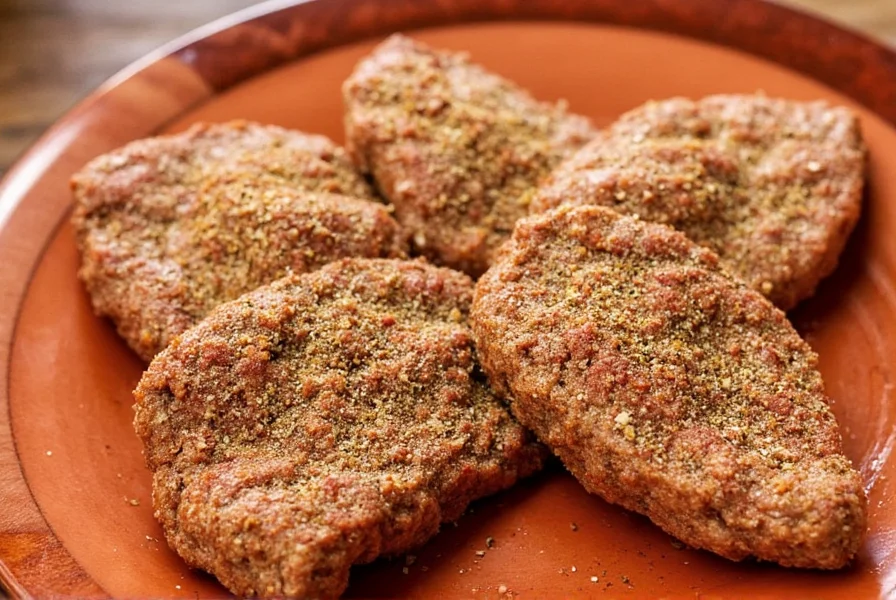
The Core Flavors of Fajita Meat Seasoning
While there are countless variations, most traditional fajita seasonings share a few common ingredients:
- Chili Powder: Adds earthy heat and a deep red hue
- Cumin: Brings warmth and a slightly nutty undertone
- Paprika: Adds sweetness and color without much heat
- Garlic & Onion Powder: The aromatic base of many Mexican dishes
- Oregano: Lends a Mediterranean twist that complements meats beautifully
- Black Pepper: Enhances the overall flavor profile
| Ingredient | Flavor Profile | Boldness Level |
|---|---|---|
| Chili Powder | Earthy, smoky, spicy | High |
| Cumin | Nutty, warm, intense | Medium-High |
| Paprika | Sweet, mild, colorful | Low-Medium |
| Garlic Powder | Aromatic, savory | Medium |
| Onion Powder | Savory, sharp | Medium |
| Oregano | Herbaceous, woodsy | Medium |
7 Secret Tips to Elevate Your Fajita Seasoning Game
1. Toast the Spices First
Before adding them to your meat, toast cumin and chili powder in a dry skillet for 30–60 seconds. This brings out their oils and intensifies the aroma.
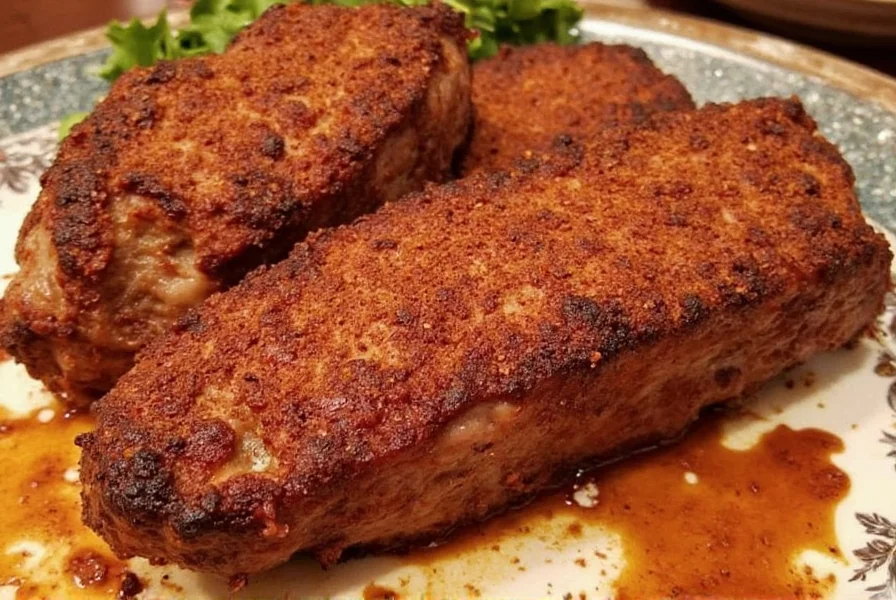
2. Add Citrus Zest for Freshness
A little lime or orange zest goes a long way in balancing out the heaviness of the spices and brightening up the flavor.
3. Experiment with Smoked Varieties
Use smoked paprika or chipotle chili powder for a deeper, barbecue-like flavor. It's perfect for grilled meats!
4. Salt Last, Always
Add salt after mixing the other spices. Too much salt too early can overpower delicate flavors like oregano and paprika.
5. Use Oil to Unlock Flavor
Mix your seasoning with a small amount of oil before applying it to the meat. This helps the spices adhere better and penetrate the meat more deeply.
6. Let It Marinate
For best results, marinate your meat in the fajita seasoning for at least 30 minutes (or overnight). This allows the flavors to meld together beautifully.
7. Don’t Be Afraid to DIY
Create your own custom blend! Try adjusting ratios or adding coriander, crushed red pepper flakes, or even ground cinnamon for a unique twist.
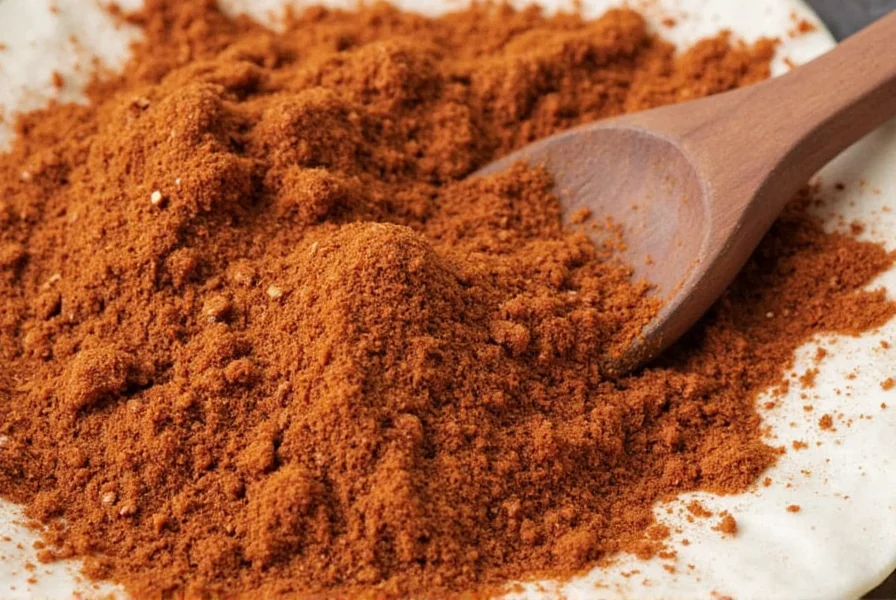
Buying Guide: Choosing the Best Fajita Meat Seasoning
If making your own isn't your thing, there are tons of great pre-made options on the market. Here's how to choose wisely:
Key Features to Look For
- Natural Ingredients: Avoid unnecessary fillers or preservatives
- Heat Level: Mild, medium, or hot? Pick based on your audience's tolerance
- Authentic Blend: Check for traditional components like garlic, onion, chili, cumin
- Brands: Some trusted names include McCormick, Badia, El Paso, and Spice Islands
Top Recommended Brands and Their Highlights
| Brand | Features | Best For | Heat Level |
|---|---|---|---|
| McCormick Fajita Seasoning Mix | Premixed, easy to use, consistent flavor | Beginners, quick meals | Medium |
| Badia Original Taco Seasoning | All-natural, gluten-free, no MSG | Health-conscious cooks | Medium-Low |
| El Paso Traditional Fajita Seasoning | Robust flavor, great for grilled meats | Taco Tuesday lovers | Medium |
| Spice Islands Organic Fajita Seasoning | Organic, ethically sourced ingredients | Eco-friendly foodies | Medium |
| Goya Adobo with Lemon | Lemon-infused; adds brightness | Chicken lovers | Low |
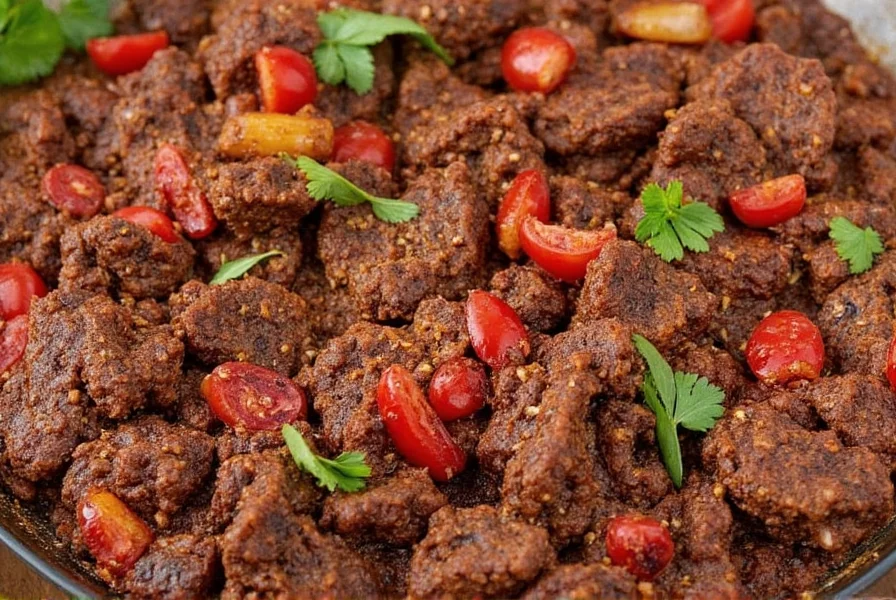
How to Use Fajita Seasoning Like a Pro Chef
You're not limited to just meat! Here are some creative ways to use fajita seasoning:
- Grilled Vegetables: Sprinkle over bell peppers, onions, zucchini, and mushrooms for veggie fajitas
- Rice or Quinoa: Add to rice dishes for a Latin-inspired side
- Potatoes: Toss diced potatoes in seasoning and roast for spicy breakfast hash
- Eggs: Mix into scrambled eggs or omelets for a hearty start to the day
- Snacks: Dust popcorn or roasted chickpeas for a spicy treat
Frequently Asked Questions (FAQs)
Can I Use Fajita Seasoning Instead of Taco Seasoning?
Yes, but they’re not exactly the same. Fajita seasoning tends to have more garlic and less cumin compared to taco seasoning. You might need to adjust quantities accordingly.
Is Fajita Seasoning Spicy?
It depends on the brand and type. Most store-bought versions are medium-spiced, but homemade blends can be adjusted to your preference.
What Meats Work Best with Fajita Seasoning?
Chicken, skirt steak, shrimp, and pork are all excellent choices. Even tofu or portobello mushrooms work well for plant-based versions.
How Long Does Fajita Seasoning Last?
When stored in a cool, dark place in an airtight container, homemade seasoning lasts up to 6 months. Store-bought versions usually last 1–2 years.
Can I Make My Own Low-Sodium Version?
Absolutely! Just mix your favorite spices and omit or reduce the salt. You’ll still get big flavor without the sodium overload.
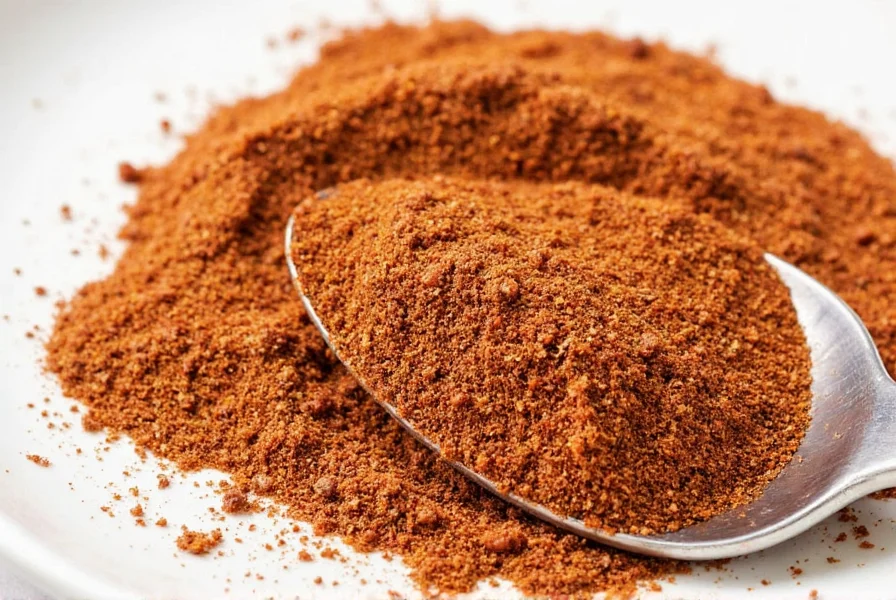
Conclusion: Turn Every Meal into Fiesta Night
Fajita meat seasoning is more than just a shortcut — it's a flavor powerhouse that transforms everyday proteins into something exciting and crave-worthy. Whether you prefer crafting your own from scratch or grabbing a trusted bottle from the shelf, knowing how to harness its potential opens up a world of culinary possibilities. From tacos and wraps to roasted veggies and popcorn, the versatility of fajita seasoning is unmatched. So go ahead, grab those spices, crank up the heat, and let your kitchen sizzle with flavor!
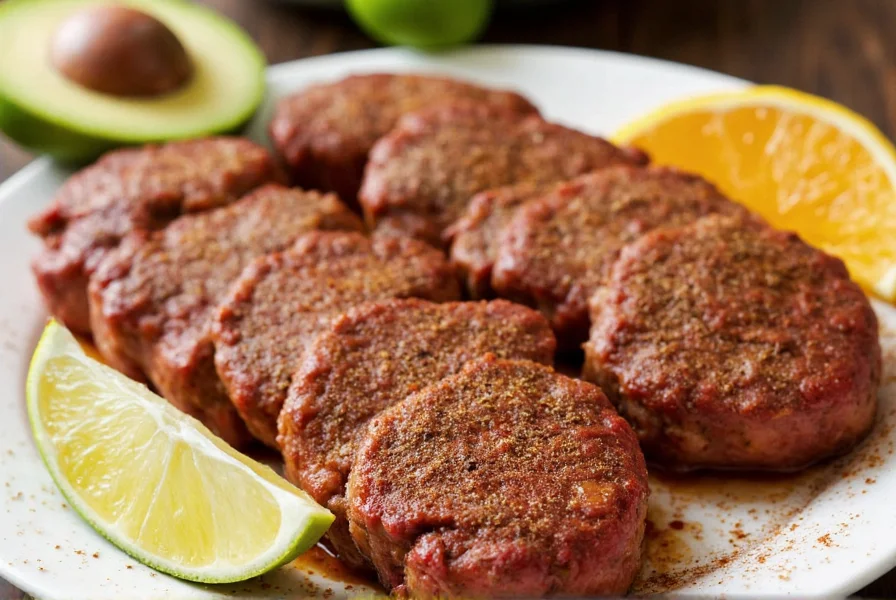











 浙公网安备
33010002000092号
浙公网安备
33010002000092号 浙B2-20120091-4
浙B2-20120091-4